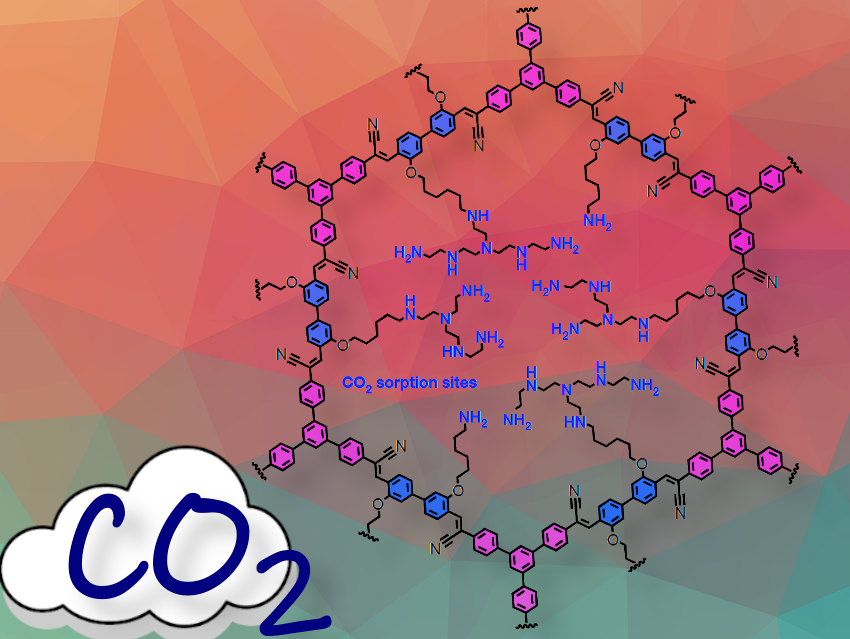Capturing CO2 from the air is challenging. It is energetically demanding and requires a material with high CO2 capacity, high selectivity, stability in water and oxidative conditions, and recyclable. The material must also have a low regeneration temperature and be scalable. However, capturing CO2 from the air is a promising approach to addressing climate change and achieving carbon neutrality goals.
Omar M. Yaghi, University of California, Berkeley, USA, and KACST-UC Berkeley Center of Excellence for Nanomaterials for Clean Energy Applications, King Abdulaziz City for Science and Technology, Riyadh, Saudi Arabia, Joachim Sauer, Humboldt-Universität zu Berlin, Germany, and colleagues have synthesized a porous, crystalline covalent organic framework (COF) with an olefin-linked backbone and covalently bonded sorption sites. This COF, named COF-999, shows extremely high chemical stability and serves as an excellent material for capturing CO2 from the air.
The team tested COF-999 over 100 adsorption-desorption cycles in open air in Berkeley, California, and found it fully retained its performance. COF-999 rapidly uptakes CO2, reaching half capacity in 18.8 minutes, with a low regeneration temperature of 60 °C. It has a CO2 capacity of 0.96 mmol g–1 under dry conditions and 2.05 mmol g–1 at 50% relative humidity, both at 400 ppm CO2. According to the researchers, no other material has demonstrated similar performance, making it basically the best material for direct air capture.
COF-999 is synthesized through a Knoevenagel condensation reaction between 3,3′-bis[(6-azidohexyl)oxy]-4,4′-biphenyldicarbaldehyde (BPDA-N3) and 1,3,5-tris(4-cyanomethylphenyl)benzene (TCPB), forming COF-999-N3 or [(TCPB)₂(BPDA-N3)₃]olefin. The azides are reduced to produce COF-999-NH₂, and the reactive amine initiators attached to the backbone enable covalent incorporation of polyamines through a ring-opening polymerization reaction with aziridine, resulting in COF-999.
The researchers believe COF-999 is one of the first members of what may become a large class of materials with robust framework backbones designed for carbon capture. Future efforts will focus on designing, testing, and comparing other reticular structures with COF-999 to enhance performance and capacity. The scalability of COF-999 and the design of practical devices will also be priorities for its implementation.
- Carbon dioxide capture from open air using covalent organic frameworks,
Zihui Zhou, Tianqiong Ma, Heyang Zhang, Saumil Chheda, Haozhe Li, Kaiyu Wang, Sebastian Ehrling, Raynald Giovine, Chuanshuai Li, Ali H. Alawadhi, Marwan M. Abduljawad, Majed O. Alawad, Laura Gagliardi, Joachim Sauer, Omar M. Yaghi,
Nature 2024.
https://doi.org/10.1038/s41586-024-08080-x





